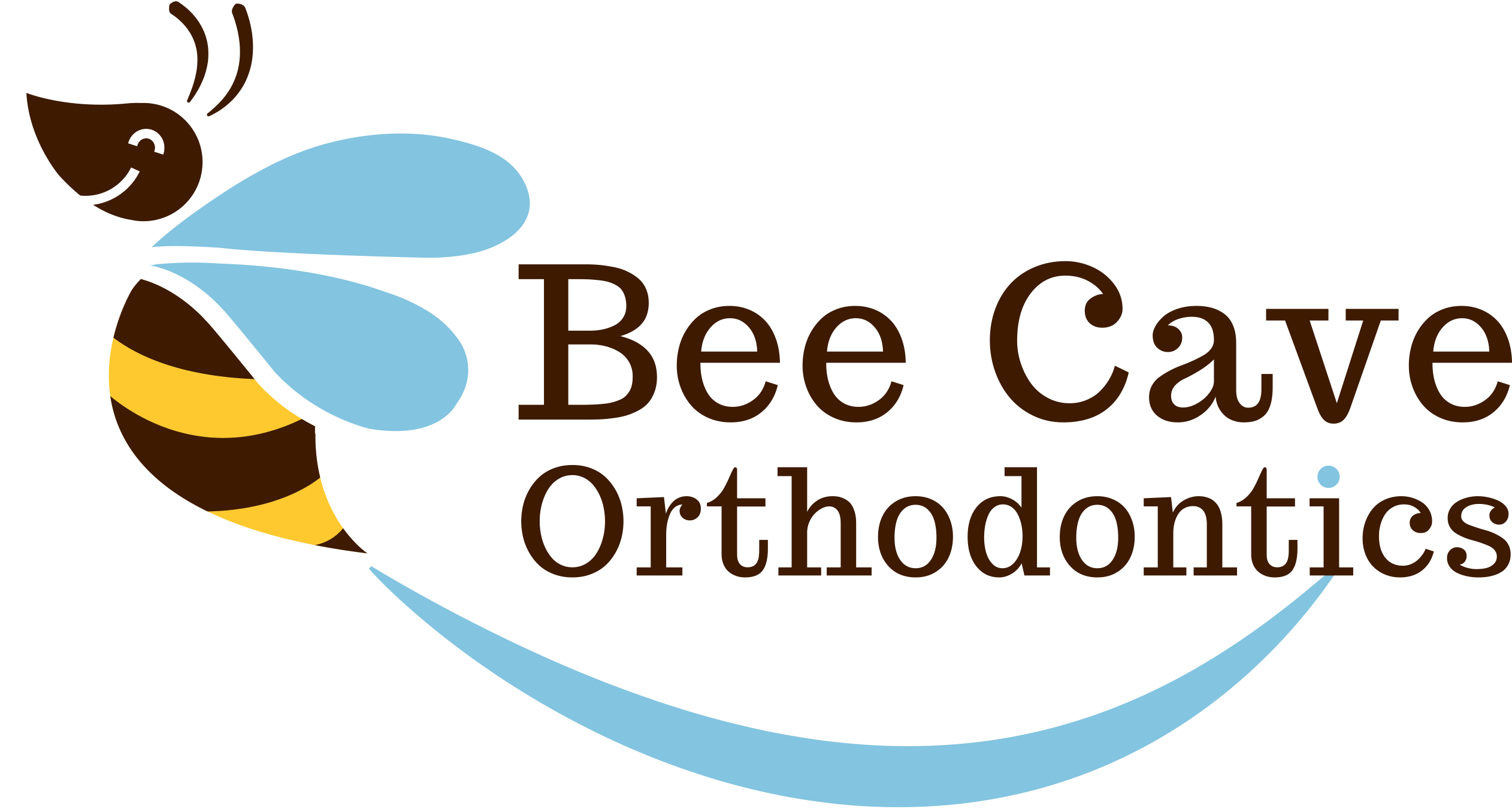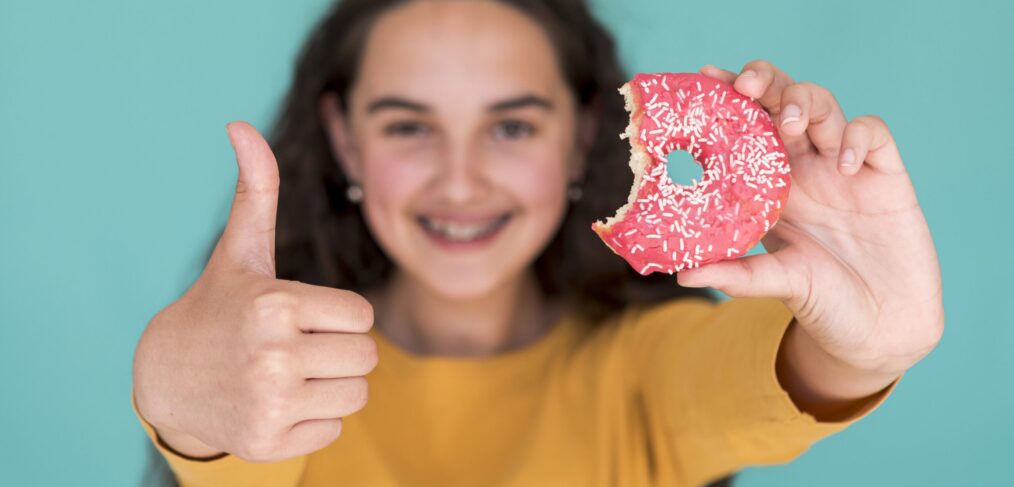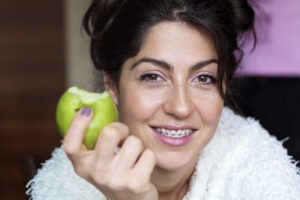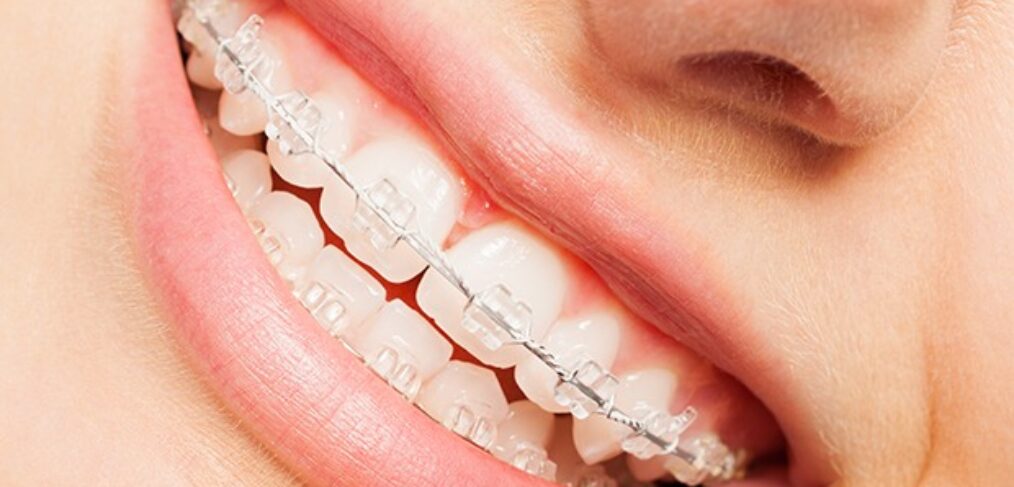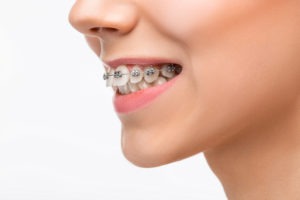Lost your retainer or aligner during the holidays? Discover 7 essential steps to stay on track with your Invisalign treatment, featuring expert tips from Dr. D! – Bee Cave Orthodontics – Austin, Texas

The holidays are a time to relax, travel, and spend quality moments with loved ones. However, misplacing or losing your retainer or Invisalign aligner during this busy season can create unnecessary stress.
Don’t worry! It’s more common than you think, and there are steps you can take to address the situation without interrupting your holiday cheer.
As a local expert in Invisalign, Dr. D has helped countless patients navigate unexpected situations like this, ensuring their orthodontic journey stays on track.
Here’s what you need to know if you lose your retainer or aligner during the holidays.
1. Don’t Panic – Take Immediate Action
It’s easy to panic when you realize your aligner or retainer is missing, especially during the hustle and bustle of the holiday season. But acting quickly can make all the difference. The sooner you take steps to address the situation, the less likely it is to affect your treatment progress.
First Steps:
- Retrace Your Steps: Check common areas like your dining table, hotel room, or car. Aligners and retainers are small and often end up tucked under napkins or left on nightstands.
- Ask for Help: If you’re traveling or staying with friends or family, let them know you’ve lost it. Extra sets of eyes can help locate the missing item faster.
2. Call Your Orthodontist
Once you’ve determined the retainer or aligner is truly lost, your next step is to contact your orthodontist as soon as possible. Dr. D and her team understand the urgency of such situations and are ready to provide guidance even during the holidays.
Why This Is Important:
- Prevent Delays: Delaying treatment can impact your progress. Dr. D can assess the situation and determine whether a replacement is necessary or if you can safely move to the next aligner in your set.
- Custom Solutions: As an Invisalign expert, Dr. D can offer personalized advice based on your unique treatment plan, ensuring you stay on track.
3. Use Your Previous Aligner or Retainer (If You Have It)
If you’re an Invisalign patient, it’s always a good idea to keep your most recent aligner handy as a backup. Wearing the previous aligner can help maintain the position of your teeth while you wait for a replacement.
Tips for Using a Backup:
- Keep It Clean: Make sure your old aligner is sanitized before wearing it again.
- Monitor Fit: If it feels too tight or uncomfortable, inform Dr. D for further advice.
4. Prevent Shifting
Without a retainer or aligner, your teeth may start to shift back to their previous positions, especially if it’s been a few days. To minimize this risk:
- Avoid Chewing Hard or Sticky Foods: These can put pressure on your teeth and exacerbate shifting.
- Be Diligent with Oral Hygiene: Maintaining clean teeth reduces complications while waiting for a replacement.
5. Order a Replacement
If you’re unable to locate your retainer or aligner, ordering a replacement is the best course of action. Dr. D’s office uses state-of-the-art technology to create replacement aligners quickly, ensuring minimal disruption to your treatment.
What You Need to Know:
- Timeframe: It may take a few days to receive your new aligner, especially during the holidays.
- Cost: Replacement aligners may come with a fee, so check with your orthodontist’s office for details.
6. Travel Tips for Invisalign Users
Losing your aligner is inconvenient, but you can take steps to prevent it from happening in the first place. Here are Dr. D’s top travel tips for Invisalign users:
- Pack a Protective Case: Always store your aligners in their case when not in use. Leaving them on a table or wrapped in a napkin makes them easy to misplace.
- Bring an Extra Set: If you’re close to finishing your current aligner, carry the next set in your treatment plan as a backup.
- Have Your Orthodontist’s Contact Info: Save Dr. D’s phone number and email so you can reach her quickly in case of an emergency.
7. Stay Positive
Losing a retainer or aligner can be frustrating, but it doesn’t have to ruin your holidays. With the support of Dr. D’s expert team, you’ll be back on track in no time. Remember, these situations are temporary, and taking prompt action will minimize any long-term impact on your orthodontic journey.
Dr. D: Your Invisalign Expert
As a leading Invisalign provider in the area, Dr. D specializes in helping teens and families achieve their dream smiles with confidence. Her patient-first approach and expertise in clear aligner treatments make her the go-to orthodontist for families in Austin.
If you’ve lost your retainer or aligner, contact Dr. D’s office today for immediate assistance. The team is here to ensure your treatment stays on track—no matter what surprises the holidays may bring.
Schedule now a Free Consultation!
Losing a retainer or aligner during the holidays is stressful, but it doesn’t have to derail your orthodontic progress. By staying calm, contacting your orthodontist, and following these tips, you can navigate the situation with ease.
Ready to get back on track?
Click here to Schedule a Free Consultation now!
Want to get to know us a little better? Check out our YouTube Videos!
